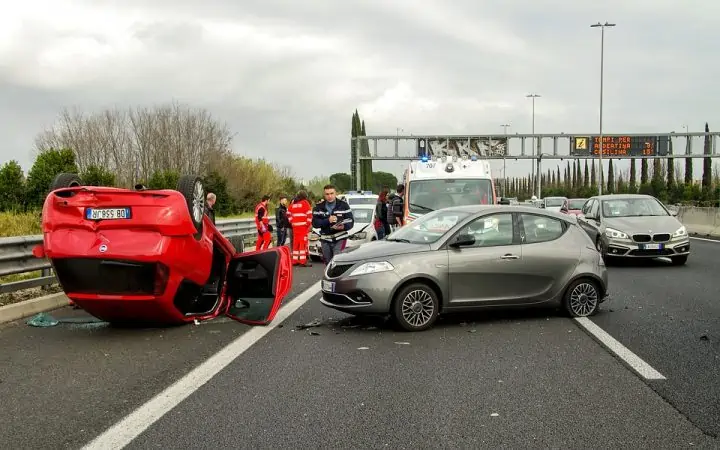After a car accident, you should take steps to protect yourself and your rights. It includes staying calm, taking pictures, and writing down all you can remember. It’s also important to note any injuries you have, even if they don’t seem serious at the time of the crash. In the event of a subsequent claim, it will assist in guaranteeing that your medical history is correct.
Call the Police
Whether the crash is minor or severe, it is essential to call the police. It will allow an officer to create an official accident report, removing any doubt about what happened. In addition, the officer will take witness statements at the scene and may help determine fault for the collision. Get the other motorist’s name, address, insurance information, and license plate number. You should also note the accident’s date, time, and location. Photograph the scene from several vantage points. Take pictures of the vehicles, any damage from all angles, and skid marks on the road. If any passengers are in the vehicle, ensure they are OK. Do not attempt to move any vehicles away from traffic unless instructed to by police or medical professionals. Switch your hazard lights and place flares or reflective emergency triangles to alert oncoming traffic to the collision.
Take Pictures
While it is essential to call the police, you should also start to take photos and videos if possible (and safe). This evidence will help paint an accurate picture of what happened. It can include the point of impact, property damage, and even visible injuries. A car wreck attorney will want to compile as much supporting documentation for the claim as possible and try to preserve the accident site to avoid the statute of limitations deadline passing. Your body is quickly flooded with “fight or flight” hormones following a collision, which can stifle pain signals and impair your ability to judge the severity of your wounds. Also, keeping a diary of your symptoms and pain, doctor consultations and treatment, medication, and time off from work can be helpful.
Gather Information
While you’re still at the accident scene, try to acquire information without endangering yourself. It can include the year, make, and model of each vehicle involved in the crash and their license plate numbers and insurance policy information. Photographic evidence, like skid marks and property damage, is also helpful. For example, if a car struck a traffic signal or stop sign and left its mark on the roadway, photographs of that evidence can help police and insurance adjusters re-create what happened. It would be beneficial if you also spoke with witnesses there and obtained their names, contact information, and descriptions of what they observed. If they permit it, ask them what they observed and record their responses using your smartphone. Witness testimony can be precious to an insurance claim. Remember, a car accident can take months or longer to resolve. As time passes, memories of what occurred can fade and become skewed.
Report the Accident
A police officer will make an official record of the accident and speak to everyone involved, including witnesses. That will help determine the fault and the best way to proceed with your insurance claim. Suppose you can immediately move your car off the road and out of traffic flow. That will help keep other drivers safe and prevent a more extensive traffic jam. Talk to the other driver calmly and respectfully, avoiding accusations or statements of fault. Ask for the other driver’s license and insurance card, in case you need to contact moneycornershop to claim damages from the driver at fault. It might be wise to take a snapshot of it to access the data in the future quickly. Be sure to note the company and policy number. If there are eyewitnesses, note their names and contact information, too.

